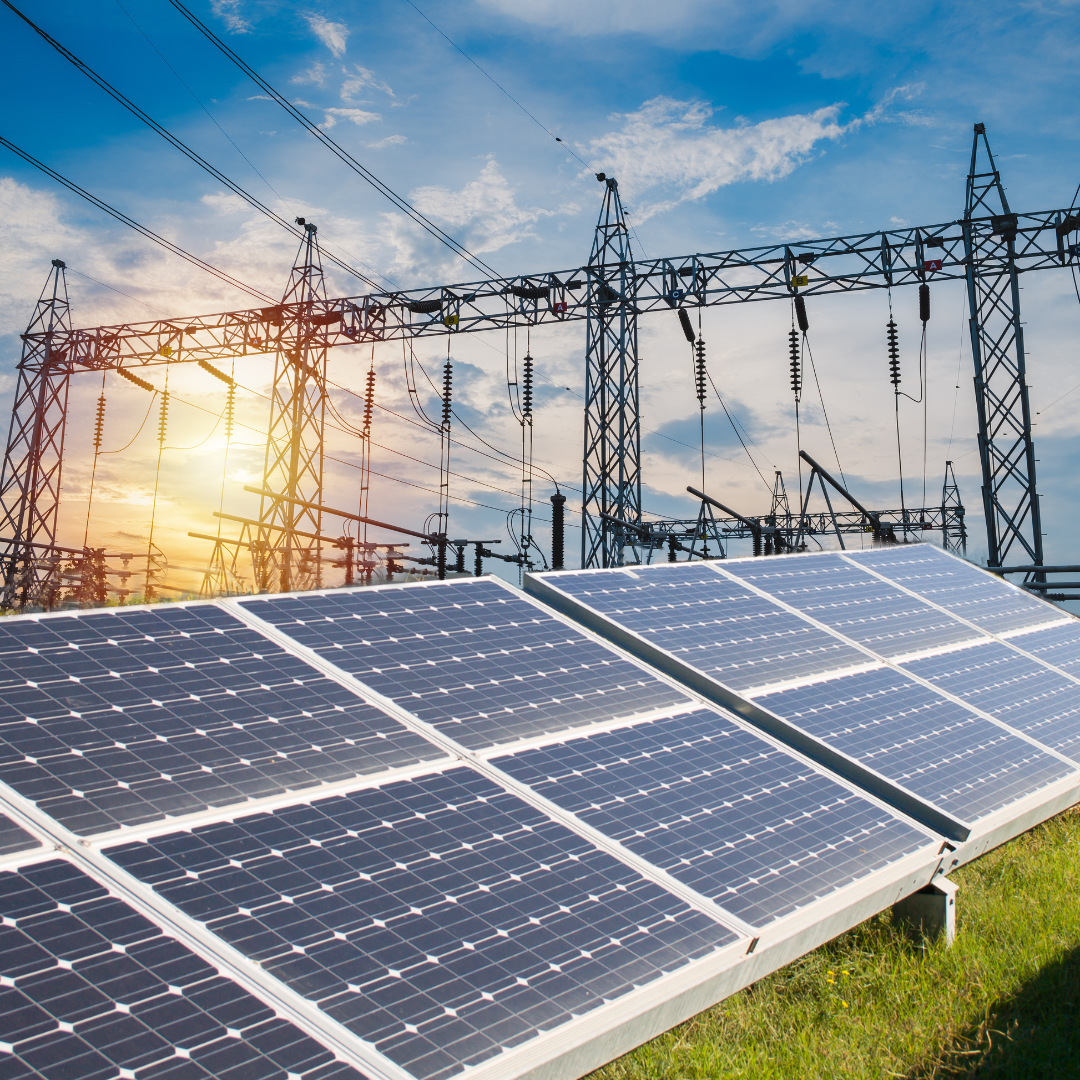Advocates criticize grid operator for failing to connect clean energy, praise Maryland leaders for mitigating increase
BALTIMORE, MD – PJM, the grid operator responsible for keeping the lights on in 13 Mid-Atlantic and Midwestern states plus the District of Columbia, has shared the results of its most recent capacity auction. Prices are already spiking across the PJM region due to the results of last year’s auction, and yesterday’s results confirm that rate relief is at least two years away. According to PJM, the price cap that was negotiated by Governor Shapiro (PA), in conjunction with Gov. Moore and other governors, substantially lessened this year’s increase.
Governor Wes Moore, multiple state agencies, and members of the Maryland General Assembly have pushed back on PJM for flaws in its rate-setting process and failure to connect clean energy projects to the grid. Most recently, Gov. Moore joined a bipartisan group of Governors calling on PJM to make policy changes to mitigate skyrocketing electric supply rates.
In a functioning capacity market, prices rise in response to low energy supply, incentivizing the development of new power sources to meet demand. As of April 2024, PJM had 286.7 gigawatts (GW) of backlogged proposed energy projects waiting for PJM’s approval to be connected to the grid – enough to power roughly 228 million homes for a year. More than 90% of these projects are clean energy like wind, solar, and battery storage, fueling criticism that PJM is standing in the way of new clean energy. A recent analysis found that if PJM increased the speed at which it allows new projects to connect to the grid, it would save individual households at least $500 a year.
While PJM’s slow processes have limited Maryland’s ability to build new energy projects, Maryland lawmakers took action in 2025 to speed up the deployment of batteries and solar power in the state once projects receive PJM’s approval. This bold step proves legislators’ commitment to advancing clean energy in spite of the logjam.
However, PJM’s bias toward fossil fuels is still hurting Marylanders. Maryland energy customers will be particularly hard hit by the 2024 PJM auction results, due in large part to PJM’s decision not to credit the energy produced by two active coal plants, a decision that increased bills in the BGE and PEPCO region by an estimated $5 billion. Supply rates will rise towards the end of the summer and are expected to increase up to 25% for some customers. After pushback from consumer advocates, PJM reversed course on that policy decision, adjusting its auction rules as related to the plants for yesterday’s auction.
Increases in electric supply rates have exacerbated rate pain for Marylanders who have already been struggling with the high utility delivery charges. Subsidiaries of the Exelon Company, including BGE, PEPCO, and Delmarva Power, increased delivery rates for gas and electricity at a rate far outpacing inflation. During the 2025 legislative session, the Maryland General Assembly made several changes to utility ratemaking policies, which are expected to slow the rate of increase when implemented by the Maryland Public Service Commission.
“As someone who has advocated for PJM reforms that would allow for clean energy projects to connect to the grid, it is disheartening for another capacity market auction to punish ratepayers for PJM’s slow walking of new clean energy projects. PJM continues to be unwilling to implement reforms at a pace that would bring prices down,” said State Delegate Lorig Charkoudian.
“We’re counting on PJM and state utilities to get their act together and ensure access to affordable and reliable electricity,” said Maryland PIRG Senior Advisor Emily Scarr. “To reach that goal, they need to stop blocking clean energy, and stop gaming the rules to benefit fossil fuel and utility companies at the expense of the public. A competitive market won’t benefit customers any other way.”
“Our regional electric grid remains overly dependent on unreliable and volatile fossil fuels,” said State Senator Benjamin Brooks. “PJM must take decisive action to accelerate the integration of solar energy and battery storage in order to stabilize the grid, reduce pollution, and lower energy costs for ratepayers.”
“These high prices are not serving as signals for new clean energy projects due to PJM’s backlog. Ratepayers should not suffer due to outdated policies and practices. I appreciate Governor Moore and the Maryland General Assembly for advocating for reforms. PJM must respond to continued collaboration and advocacy from the diverse group of stakeholders, paying close attention to this issue,” said Brittany Baker, Maryland Director of Chesapeake Climate Action Network.
###
Chesapeake Climate Action Network is the first grassroots organization dedicated exclusively to raising awareness about the impacts and solutions associated with global warming in the Chesapeake Bay region. Founded in 2002, CCAN has been at the center of the fight for clean energy and wise climate policy in Maryland, Virginia, and Washington, DC.

